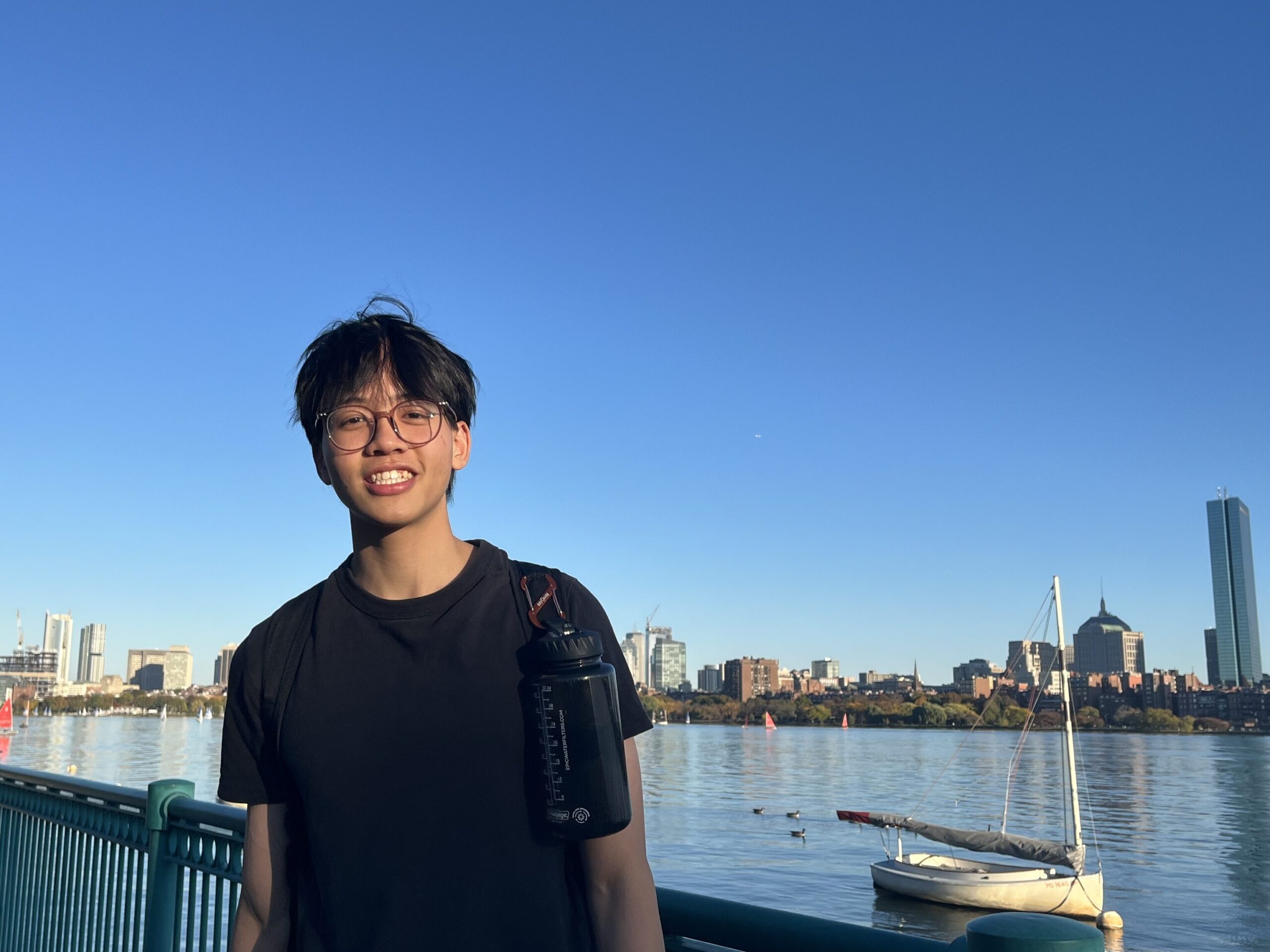Faculty Sponsor: Pavel Oleinikov

Marcus Leong
Hi! I’m a rising sophomore (’28) planning to major in computer science. Working with GIS this summer was new for me and I’ve learned so much throughout this process. Outside of work, I enjoy playing sports like frisbee and basketball, and I’m a big fan of going outdoors and enjoying the nature and fresh air!
Abstract:
Least cost path (LCP) and least cost corridor (LCC) are spatial analysis methods used to identify the most cost-effective path between two locations. Use cases include planning for industrial pipelines, wildlife corridors, and printed circuit board layouts, with applications in archeology and history to reconstruct most likely travel paths. At the time of writing, Google Earth Engine and associated libraries do not have built-in LCP/LCC analysis. The goal of this project is to allow for similar path-finding, in the context of historical pilgrimage routes, in an interface with a less steep learning curve that is cloud-based and free for academic use.
Methods that have been used in LCP and LCC, including obtaining the slope of surfaces through digital elevation models and slope-based hiking cost function, were employed in this project. While LCP would have provided a more precise path, its iterative nature made it challenging to implement in Google Earth Engine which was built for parallel-processing. LCC, being computationally feasible, was hence the approach chosen for this project. Combined with multi-resolution cost surface models and convolution edge detection for low-gradient areas, our implementation of LCC was found to be less precise but as effective as other Geographical Information System tools.
Marcus_Leong_Poster
